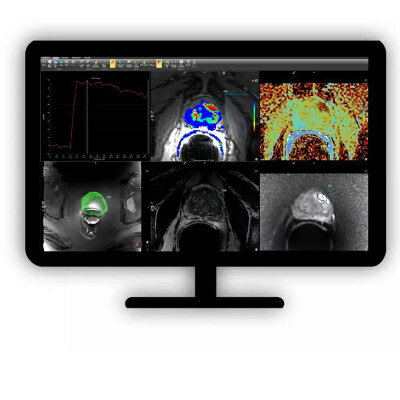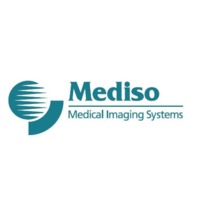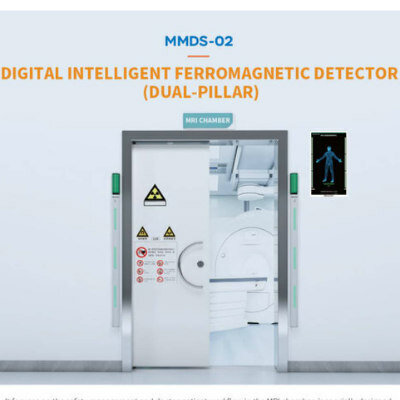Radiation Protection Program Implemented for Irish Medical Undergraduate Students
By MedImaging International staff writers
Posted on 21 Mar 2012
Irish researchers have successfully implemented a radiation protection program, improving knowledge of radiation protection among undergraduates in a medical school.Posted on 21 Mar 2012
The study’s findings were published in the March 2012 issue of the Journal of the American College of Radiology. Although the increased use of diagnostic imaging has resulted in faster, more accurate diagnosis, better assessment of therapy response, and early detection of complications, there has been a great deal of scrutiny of its increasing use. As a result, there is a growing need for medical professionals to be educated in all features of diagnostic imaging to ensure a basic understanding of imaging technology, appropriate and efficient utilization of diagnostic imaging investigations, basic image interpretation, and possible adverse effects of exposure to ionizing radiation.
An e-learning module in radiation protection was designed and presented to fourth-year medical undergraduates at University Cork College (Cork, Ireland). All students were required to complete premodule and postmodule questionnaires. Eighty-nine percent and 99% of the 127 medical students successfully completed and returned the premodule and postmodule questionnaires. “After the e-learning module, students’ postmodule radiation protection knowledge had improved significantly,” said Sum Leong, MB, lead author of the study.
Analysis of postmodule radiation protection data suggested that a favorable self-assessment of knowledge of radiation protection, perception of career prospects in radiology and completion of the e-learning module with an increased number of sessions were predictive of improved radiation protection knowledge.
“The undergraduate medical curriculum is undergoing constant review and modification in response to modern medical developments that are changing clinical practice. The introduction of radiation protection into undergraduate curriculum therefore requires careful planning to maximize the effectiveness of the course while avoiding overburdening undergraduates with unmanageable lecture and tutorial schedules,” said Mr. Leong. “Combining e-learning and more traditional educational programs such as a clinical radiology rotation is likely to improve student experience.”
Related Links:
University Cork College













